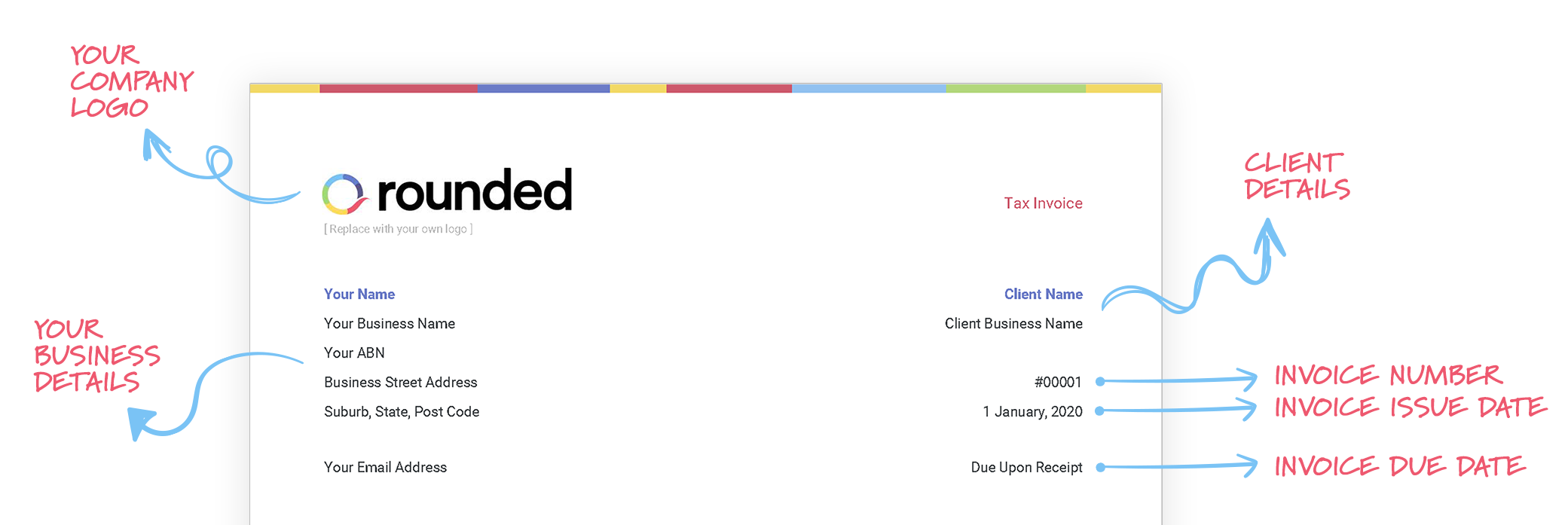
How to improve your pitch strike rate and bring in more clients
Your success as a freelancer depends largely on how well you can pitch your business. When you’re just starting out, it can be a confusing, and time-consuming process. We spoke with pitching pro Lindy Alexander to hear about her foolproof methods for increasing her pitch strike rate.
Article contents
− +
Love it or hate it, pitching is a big part of running a successful freelance business. Though you may find some of your business comes to you through word-of-mouth referrals or your inbound marketing efforts, the truth is, you’ll have to perfect your ability to reach out to businesses and sell your services.
The process of pitching takes time—you have to find the right targets, figure out who to contact, and create a pitch that convinces them to pay for your work. It can be discouraging to receive rejections after all this effort, especially if you’re in need of new revenue.
Fortunately, some freelancers have been around long enough to develop smart, time-tested pitching techniques that will greatly improve your chances of bringing in a new client, getting your work published, or sealing the deal on long-term, higher-paying work.
Lindy Alexander is one such freelancer. As an award-winning food, lifestyle, and travel writer, Lindy knows how to get her work in front of the right people—people who will pay her for her words.
She’s also the woman behind The Freelancers Year, one of our favourite resources for freelancers. We reached out to Lindy to discuss her pitching process as part of our monthly Freelance Legends series.
This article covers the main points from our chat with Lindy, but you can view the entire video below for the full scoop.
Many freelancers see pitching as a sales activity—after all, you’re essentially selling your services to potential customers. But Lindy says she started improving her pitching when she began thinking of it not as a sales activity, but as a servicing activity.
“What you’re doing is putting your ideas in front of an editor or client,” she says. “You’re saying, ‘I think I can engage or help your readers, or I can provide you with a solution you want but don’t have.’”
Most people you pitch to are likely to be time poor, and it’s even more likely they get many cookie-cutter pitches in their inbox every day.
By putting the value of your business front and centre, showing them how you can help them, your pitch is going to stand out from the others they receive, already giving you a leg up over your competition.
Is pitching a numbers game?
When you’re starting out as a freelancer, you’ll probably hear this phrase plenty: “It's all a numbers game.” The idea here is that you need to pitch to a large number of potential clients, knowing that most of them will fall through (but a few will land).
Does Lindy think that’s the case? In some ways, yes. When you’re just starting out and building your brand and profile, you will need to craft a higher volume of pitches to land business
“But I’m not a fan of the ‘spray and pray’ method,” Lindy says. “Each pitch should be a conversation that turns into a relationship, so you don’t have to pitch as much.”
Instead of just copy-pasting the same generic pitch to dozens of prospects, Lindy suggests spending more time crafting and tailoring your pitches. That means you need to do your research on the company or publication you’re pitching, and take the time needed to find the right contact through your network or using things like LinkedIn.
For a good starting goal, Lindy suggests aiming for one solid pitch a day. It may take you longer to craft a good pitch because of the research, but your diligence will show through, and you’ll be far more likely to get your prospect’s attention from the outset.
How to find the right targets
One of the most common questions freelancers have is: “How do I find people to pitch to?”
This depends largely on what you’re trying to pitch. If you’re looking for businesses to pitch your services to, it’s best to meet them where they already are. This means looking on LinkedIn, joining Facebook or Slack groups where they might hang out, and of course making sure that they can easily find you via social media and/or your website.
Lindy’s approach is simple but effective: First, find a business that you think could use your services. Look for companies that show some evidence of understanding the value of your service. For example, if you’re a freelance writer, you probably won’t want to pitch to many businesses that have never published a piece of content.
Once you have some businesses in mind, head over to LinkedIn and start searching through employees there. You want to look for job titles that would fit the bill, such as “Communications Manager” or “Marketing Operator” or “Vendor Manager.”
You can connect with them on LinkedIn with a friendly message, but don’t send your pitch over too quickly as this will come off as pushy. Instead, remember what Lindy says: Your goal is to start a conversation and show your value.
Don’t be afraid to also ask around for contact details. If you are part of any freelancer communities, you can ask if anyone has the details for a person at the company you’re targeting. The worst-case scenario is you get no responses and have to do more Googling, but it could be an easy path to getting the right contact details and perhaps even a referral.
Crafting a pitch that will bring success
Whatever you’re pitching, you want to be as clear and direct as you can be, while still personalising the pitch.
This means researching the company or publication thoroughly. If you have an idea for an article you want published, make sure you look into whether the publication you’re targeting has covered that topic recently.
Quick tip: You can do this with a simple Google search by typing in the following into the search bar:
Site:[website-URL] Keyword
For example, if you wanted to find out whether we here at Rounded have ever published content about LinkedIn promotion, you might type this:
Site:rounded.com.au LinkedIn
This will pull up all content that’s been published on our site that mentions the word “LinkedIn”.
Don’t fret if your target has already covered something you were hoping to write about—if this happens, it’s a matter of finding a new angle that hasn’t been covered yet.
The more research you can do at this stage, the better. You can look at the company’s mission, examine their tone of voice, and see who is already working there and in what roles. All of this information will help you craft a pitch that is personal, useful, and impactful.
Remember: Your focus should not be on yourself when pitching, but on the client and what they need. Of course, you do want to mention your own background and experience, but centre the pitch around the potential client’s needs, how you can meet them, and what results you could bring.
Lindy also emphasises the importance of the subject line of your email. Remember, the people you are pitching to likely receive a lot of pitches, so you want yours to be easy to understand. She suggests something simple and straightforward, like “Freelance expert in ____” or “Freelance writing pitch for an article about __________.”
There’s another common question freelancers have about crafting pitches: When do I mention getting paid? Lindy suggests holding off on this with your initial pitch, if you’re talking about pitching some of your writing to a publication.
Once you’ve started a rapport with a potential publication and they’ve indicated their interest, then it’s appropriate to bring up the subject of payment. You can simply say something like, “Do you have a usual rate of pay for writers, or would you like me to send you a quote?”
Save time by tracking your pitches
Even if you’re limiting yourself to one pitch a day, as Lindy suggests, you need to develop a process for keeping track of everything. A solid tracking system means you will know when to follow up, and you’ll begin collecting data on what is and isn’t working with your pitch process.
Lindy has a course for freelancers coming up that reveals her own methods and templates for tracking. In general, she uses spreadsheet to keep tabs on this information:
The name of the business or publication
The concept or angle she’s pitched
The date it was sent
The response she received
Whether or not follow-up is needed
The results of the pitch
If the client says no to a pitch, she notes down why they rejected her pitch, so she can continually refine her process.
How to deal with rejection and ghosting
If you use the tips outlined in this interview, you’ll be well on your way to securing more new clients or bylines. But that doesn’t mean you won’t ever face rejection again—unfortunately, that’s part of the game.
Lindy says the best way to deal with rejection is to think of it as feedback. Once the initial twinge of pain subsides, take a moment to think about why you were rejected. Not all rejections have to do with the way you pitched—sometimes a client may not have budget, or be too busy to respond.
If a client doesn’t give you feedback on why they rejected you, it’s a good idea to respond and ask for more information. You can phrase it as though you are hoping to improve: “I’m sorry this didn’t hit the mark. Do you have submission guidelines or are there specific stories you’re looking for?” This may very well turn a rejection into a win down the track.
Don’t let “ghosting” discourage you either. It’s quite common to get radio silence when you pitch—some people don’t have the time to respond, or just aren’t good at checking their emails.
Following up is an important part of the process with pitching, so set yourself a date to check back in on any pitch that doesn’t get a response. It’s all right to send two or three follow-up emails, but spread them out over a few weeks.
You can use the same subject line with the word “Follow up” in it, and simply write, “I’m just checking in to see if you saw my pitch.” Then copy and paste the same pitch you originally sent, and leave it at that.
If the silence persists, it may be best to take that person off your list of potential targets. You can send one final email saying something like, “If I haven’t heard back from you by [date], I will assume you’re not interested at this time.” That leaves the door open for you to pitch again in the future, without becoming a hassle to your potential targets.
For more tips on pitching and growing your freelance business, check out our YouTube channel, where we post all of our Freelance Legend interviews.
Join newsletter
ABOUT ROUNDED
Invoicing and accounting software for sole traders. Get paid faster and relax at tax time.


























